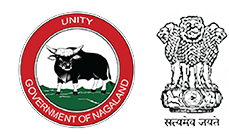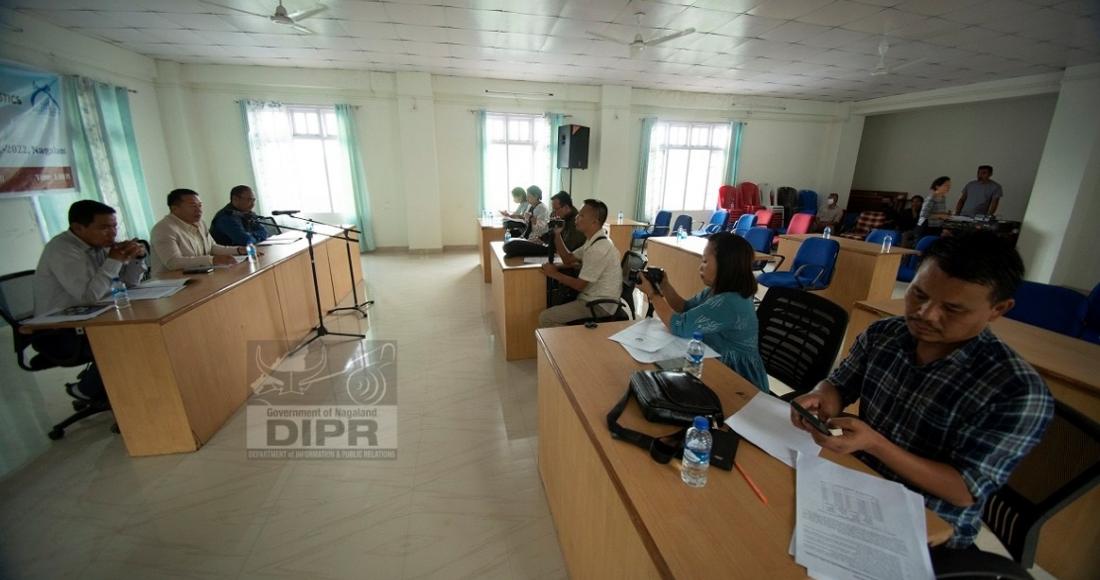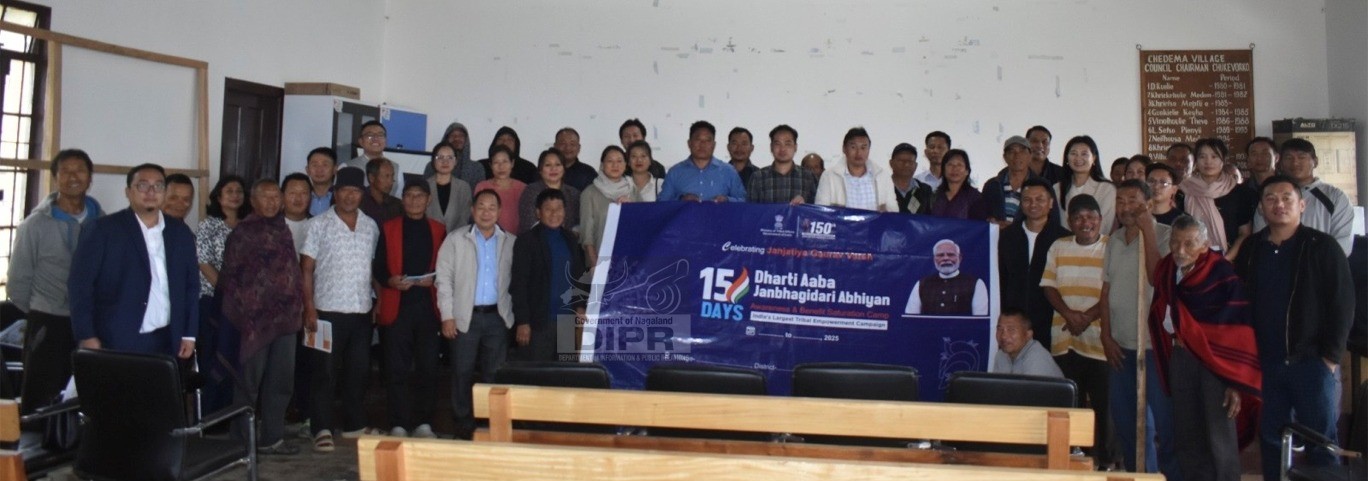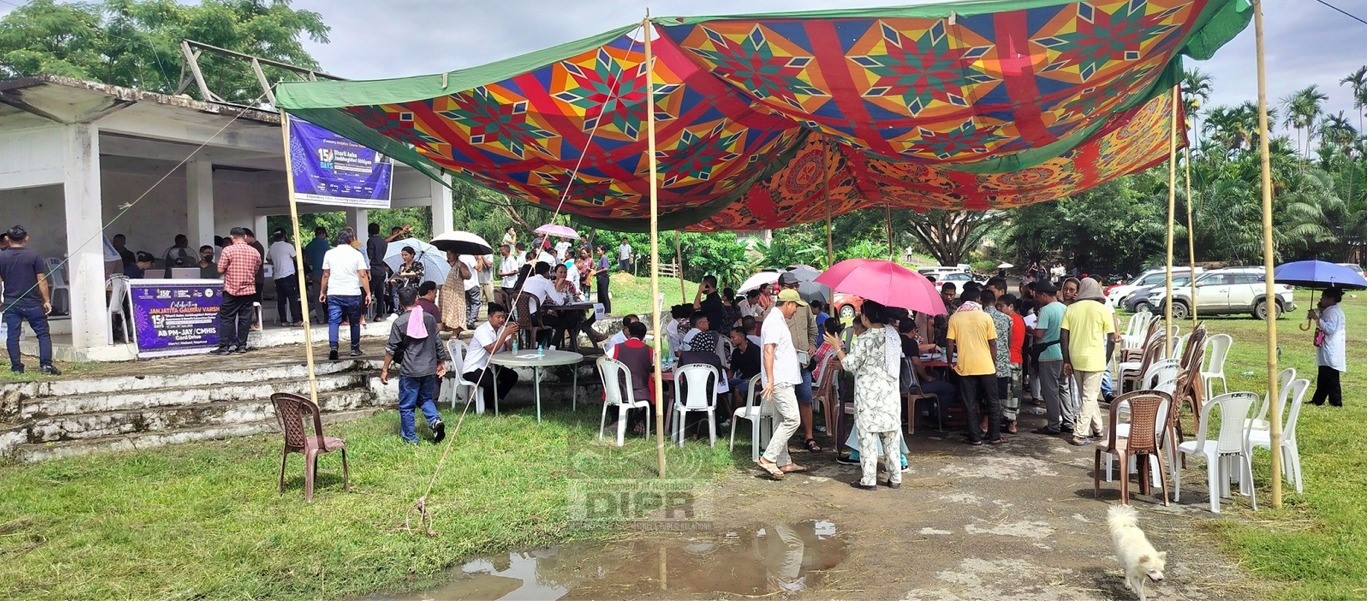The Department of Economics & Statistics released the Gross State Domestic Product (GSDP) of Nagaland, 2021-2022 during a press conference held at the Directorate of Economics & Statistics, Kohima on 21st August 2022.
Director, Economics & Statistics, Neidilhou Angami addressing the media persons informed that the GSDP, Nagaland as of 30th July 2021-22 has picked up from a negative growth of -2.63 percent, witnessed in 2020-21 to 8.98 percent in 2021-22. The advanced estimates suggest that the growth of the State economy has surpassed the pre-pandemic average growth of 5.38 percent (i.e. 2011-12 to 2019-20), despite the second wave of the pandemic that plagues the economy during the first quarter of 2021-22.
In absolute numbers, the real growth of the economy is estimated to increase from Rs. 17991.61 crore in 2020-21 (Provisional) to Rs. 19607.83 crore in 2021-22 (Advanced Estimates). Correspondingly, the nominal growth of the economy is estimated to have increased from Rs.30425.11 crore in 2020-21 to Rs.33705.84 crore in 2021-22 (A.E).
The sectoral contribution indicated that the structural change of the economy was slowly shifting towards the tertiary sector of the economy. The primary sector contribution to GSVA overtime has declined from 31.4 percent in 2011-12 to 26.88 percent in 2021-22(A.E). On the other hand, the contribution of the secondary sector has been hovering around 9 percent to 12 percent since 2011-12, reaching a peak of 12.90 percent in 2017-18. The share of the tertiary sector which has contributed 56.17 percent to the GSVA in 2011-12 has steadily increased to 62.77 percent in 2021-22 (A.E).
The sub-sector secondary sector comprising manufacturing, electricity, gas, water supply & other utility services, and construction, during 2021-22, is estimated to pick up from a negative of -9.12 percent in 2020-21 to 9.36 percent in 2021-22. The contribution from the manufacturing sector to GSVA was estimated at 1.62 percent only in 2021-22.
The sub-sector of electricity, gas, water supply, and other utility services was the least affected by the COVID-19 pandemic. During 2021-22 (A.E), the sub-sector is estimated to grow by 9.43 percent. The growth in the construction sector is estimated to pick up from -14.26 percent in 2020-21 to 8.15 percent in 2021-22 (A.E), with the construction sector share in GSVA estimated at 6.04 percent in 2021-22.
The Department informed that over the years, the tertiary sector has become the most robust sector contributing 62.77 percent of GSVA in 2021-22 and that the impact of the COVID-19 pandemic was felt the most in the trade & repairs and hotel & restaurant sectors with a growth rate from the sector falling to a negative of -7.57 percent in 2020-21. With the normalization of the economy, the growth of the sub-sector is estimated to bounce back to positive growth of 6.80 percent in 2021-22 (A.E).
During 2021-22, the financial services are estimated to grow at 9.21 percent with a share of 3.89 percent in the overall GSVA is one of the sub-sector which is assumed to be least affected by the covid-19 pandemic. This is because the number of dwellings during the year is expected to remain the same. During 2020-21, the gross value added by real estate and ownership of the dwelling sector is estimated to have negative growth of -2.75 percent.
During 2021-22, as per the Budget Estimates of Government, the allocation for public administration has increased from Rs. 6015.90 crore in 2020-21 to Rs. 6764.28 crore.
The Department also revealed that over ten years, the Per Capita Income of the State has increased from Rs. 53,010 in 2011-12 to Rs. 1,35,701 in 2021-22 (A.E), achieving a Compound Annual Growth Rate (CAGR) of 9.86 percent. It also highlighted that the borrowing limit of the State Government is determined by the amount of the GSDP of the State, and as per the Finance Commission of India recommendation for budgetary measures, beginning from XIII FC State Government is permitted to borrow only 3 percent of the GSDP from financial institutions.
(Nouneseno, IA)






